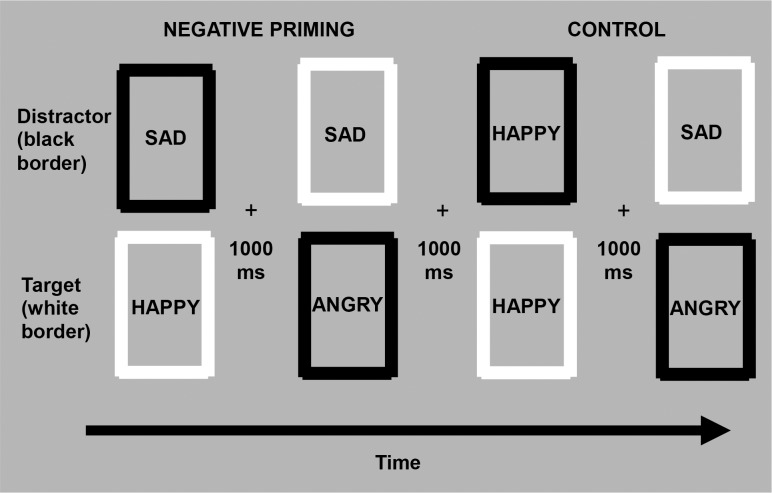Fig 1. The NAP task was designed to assess participants’ ability to inhibit generic and personally-relevant facial stimuli depicting sad, happy, and angry emotional expressions.
Target (white frame) and distractor (black frame) stimuli were presented simultaneously at either the top or the bottom of the screen and were preceded by the presentation of a centered fixation cross (1000 ms). Each paired trial consisted of a “test” presentation (columns 2 and 4) preceded by a “prime” presentation (columns 1 and 3). If the emotional expression of the distractor stimulus presented during the prime presentation (sad; top column 1) became the target emotional stimulus on the following test presentation (sad; top column 2), the trial was considered to be negatively primed. If both the target and distractor stimuli in the preceding prime presentation (happy; column 3) differed in emotional content from the target stimulus on the test presentation (sad; top column 4), the trial was regarded as a control. The design of the NAP task was identical for both the personally-relevant and generic stimuli. Note that publication restrictions prevent us from showing the actual visual stimuli used in this study.

